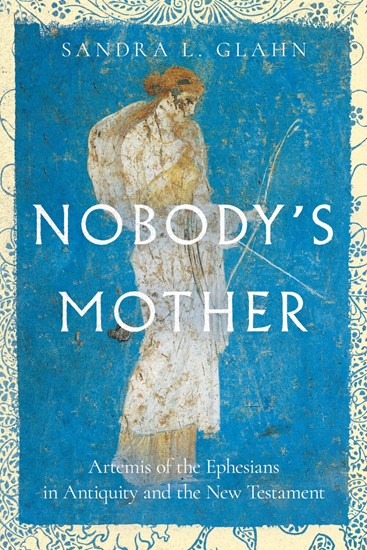I’ve started reading Dr. Sandra Glahn’s new book, Nobody’s Mother: Artemis of the Ephesians in Antiquity and the New Testament. I’m a little more than a fourth the way in, and it’s fantastic. She’s a great writer, and if you’re interested in questions surrounding women in ministry or the cultural background of the New Testament, you’ll enjoy Dr. Glahn’s research. When you get a chance, you’ll definitely want to pick up a copy.
Here’s the description from the back of the book:

Some Christians think Paul’s reference to “saved through childbearing” in 1 Timothy 2:15 means that women are slated primarily for delivering and raising children. Alternate readings, however, sometimes fail to build on the best historical and textual evidence.
Sandra Glahn thinks that we have misunderstood Paul by misunderstanding the context to which he wrote. A key to reading and applying 1 Timothy, Glahn argues, lies in getting to know a mysterious figure who haunts the letter: the goddess Artemis.
Based on groundbreaking research and new data about Artemis of the Ephesians, Nobody’s Mother demonstrates how better background information supports faithful interpretation. Combining spiritual autobiography with scholarly exploration, Glahn takes readers on a journey to ancient Ephesus and across early church history. Unveiling the cult of Artemis and how early Christians related to it can give us a clearer sense of the type of radical, countercultural fellowship the New Testament writers intended Christ’s church to be.
This book is for those who want to avoid sacrificing a high view of Scripture while working to reconcile conflicting models of God’s view of women. Through the unexpected channel of Paul’s advice to Timothy―and the surprising help of an ancient Greek myth―Nobody’s Mother lays a biblical foundation for men and women serving side by side in the church.
